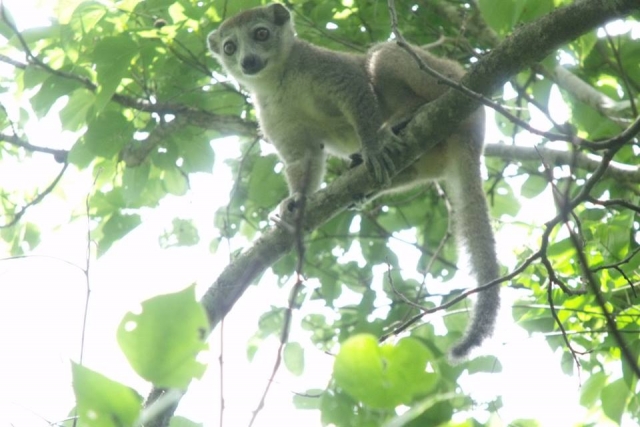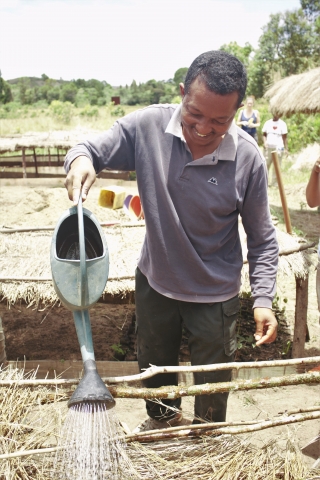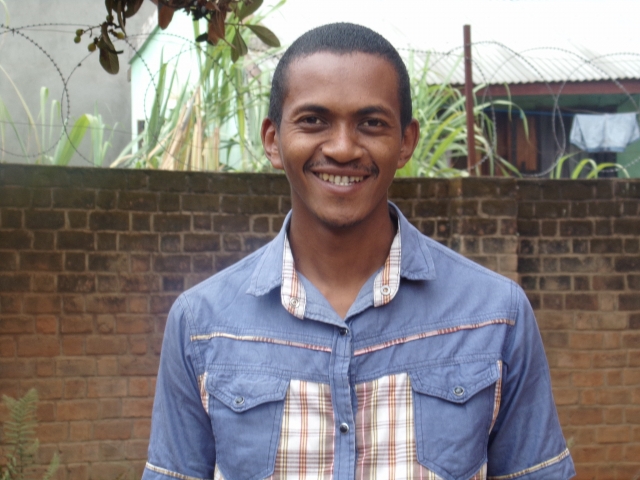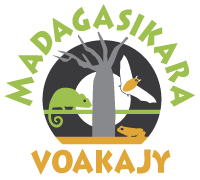Learning from a week in Comoros
Learning from a week in Comoros
To implement the project ‘Transforming civil society’s impact in hotspot conservation’ (funded by CEPF), I have been in Anjouan, Comoros on 03rd – 09th February 2019. This is my first time in Comoros and I learned a lot. These are my key take-home messages:






